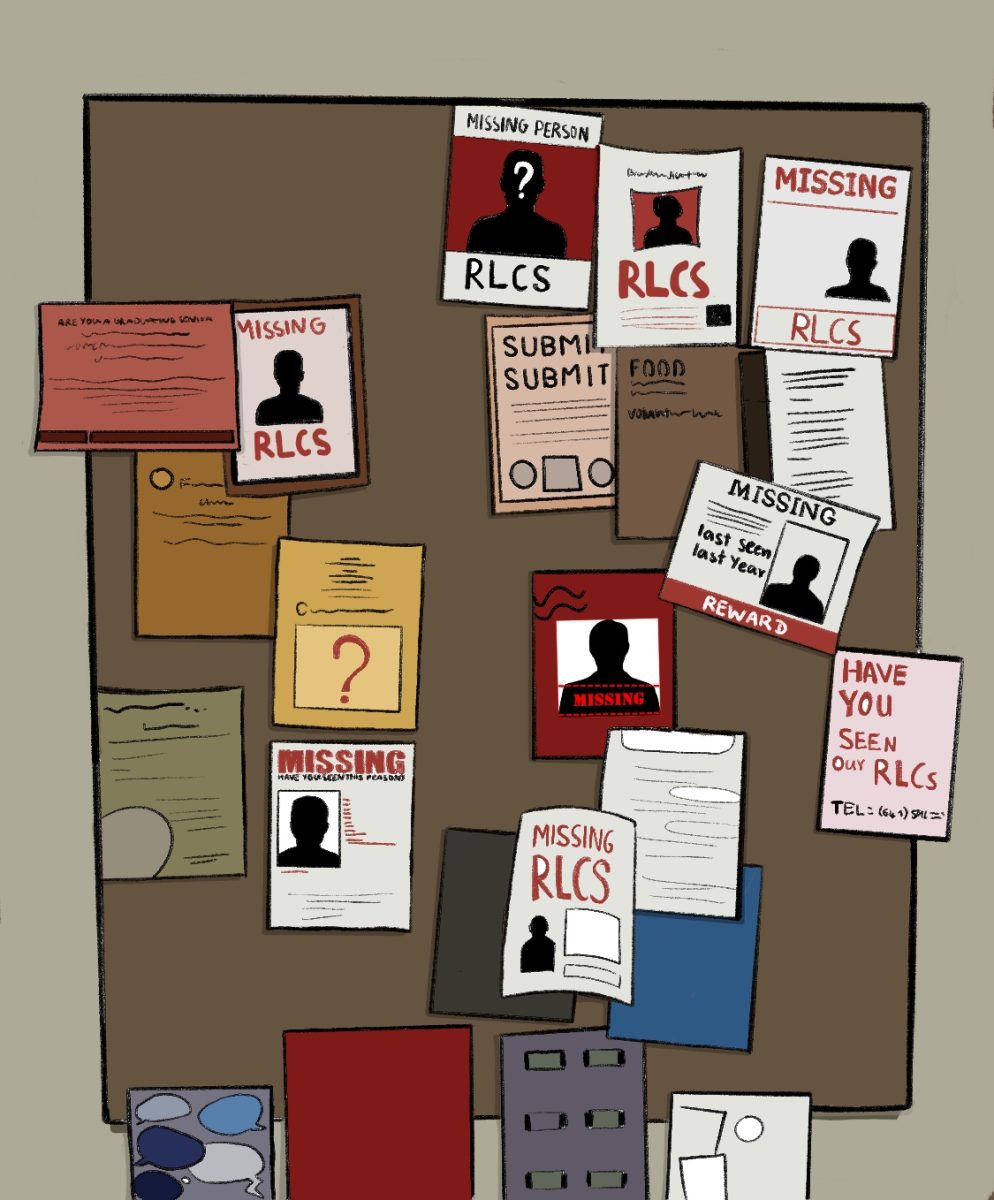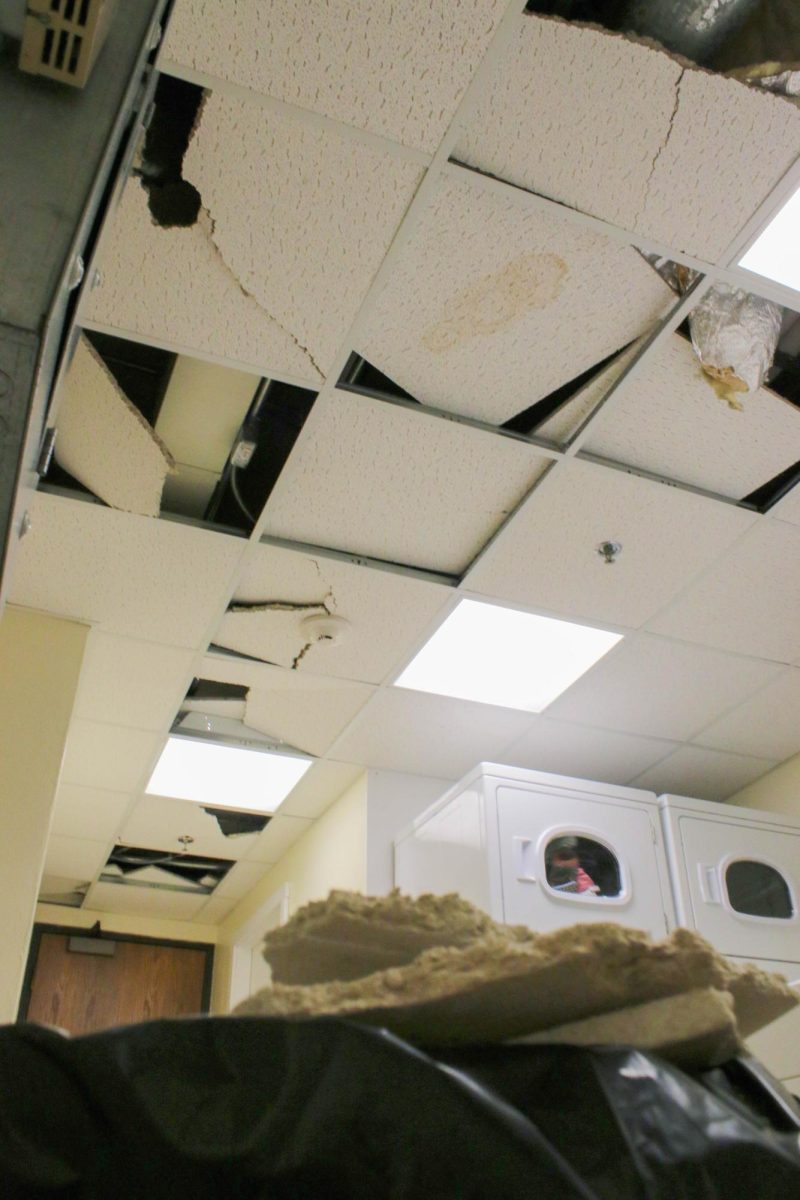Over the last few months, Grinnell’s Council on Diversity and Inclusion conducted and interpreted the results of the recent spring 2017 campus climate survey. It included 104 questions regarding opinions about diversity and feelings of inclusion on campus. With the results, the council is attempting to determine the extent to which different groups of Grinnellians feel welcome on campus and how some of these groups could be included better in the campus community. Of approximately 2300 members of the Grinnell community that include faculty, students and staff members, 597 responded to the survey, leaving many voices unheard. Notably, students were significantly underrepresented in the voluntary survey, accounting for about 40 percent of responses, even though they make up about 68 percent of the Grinnell community. Given these limitations, Assistant Vice President for Diversity and Inclusion Lakesia Johnson and Director of Intercultural Affairs Maure Smith-Benanti focused on additional qualitative measures of inclusion at Grinnell.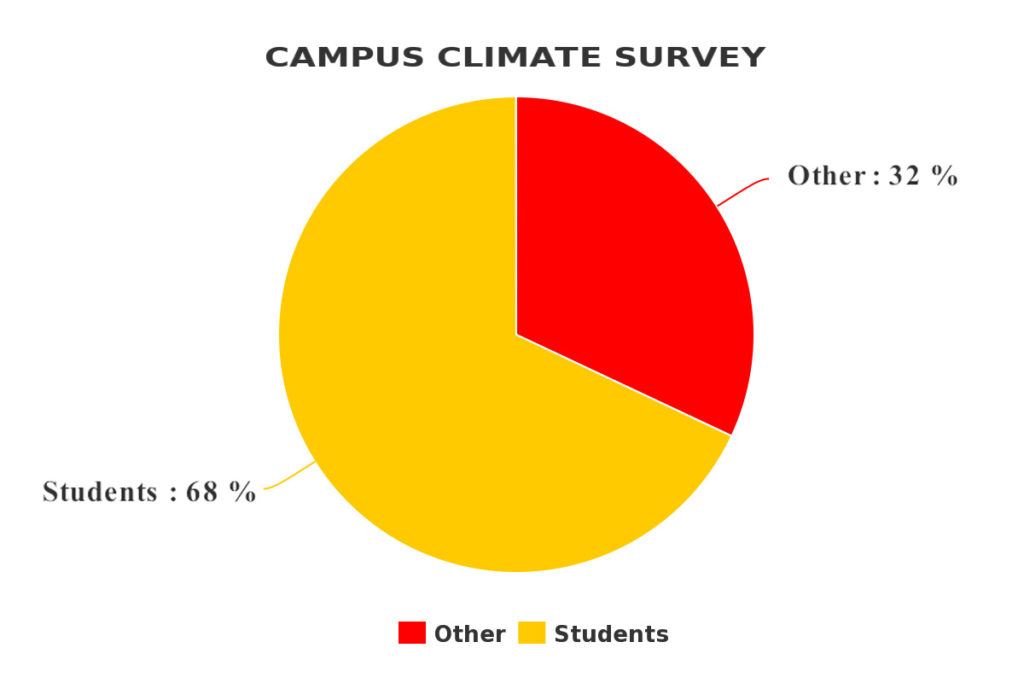
“Not everyone has had an opportunity to share their voice and opinions,” Benanti said. “Another way to collect data is to gather the lived experiences from the people.”
The survey responses are, however, a useful metric of Grinnell’s campus climate. Roughly 68 percent of survey respondents stated that they were either “comfortable” or “very comfortable” with the campus climate, a slight increase from the 63 percent who said the same thing in 2009.
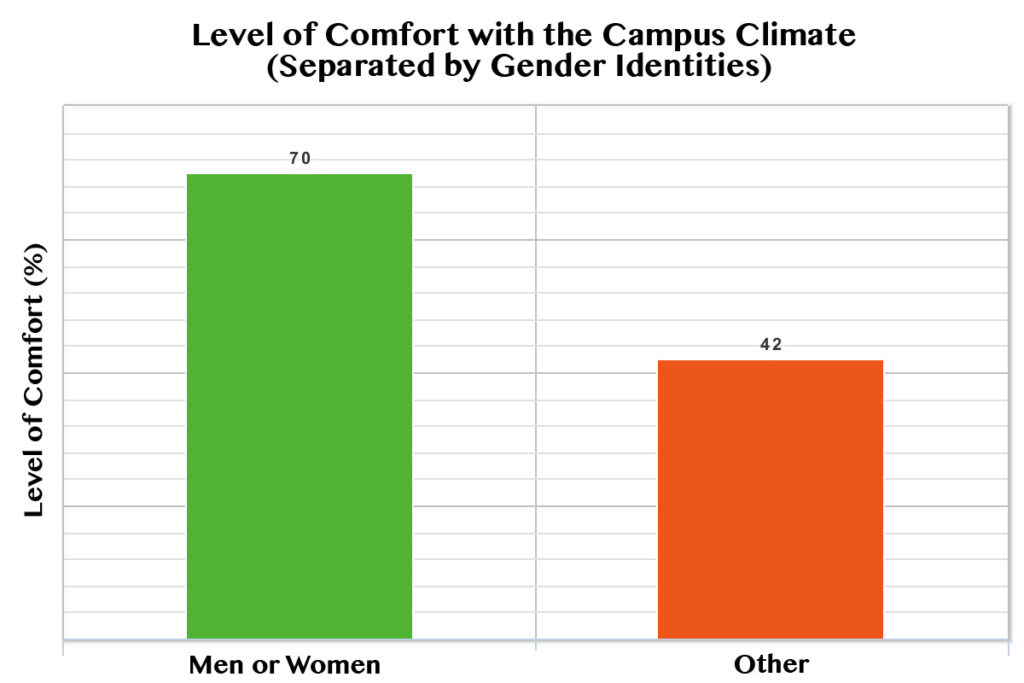
The survey, which required that students choose between gender categories “man,” “woman,” “transgender” or “other,” revealed that while approximately 70 percents of respondents who identified as men, women or transgender reported feeling comfortable on campus, only 42 percent of those selecting “other” felt comfortable.
Community members of color also reported lower feelings of comfort with the campus climate; almost 72 percent of white students reported feeling comfortable on campus, while 55.6 percent of African American and Black respondents, 58.3 percent of Hispanic and Latino respondents, 60 percent of Asian and Asian American respondents and 56.3 percent of students who selected the “two or more races” category reported feeling comfortable on campus.
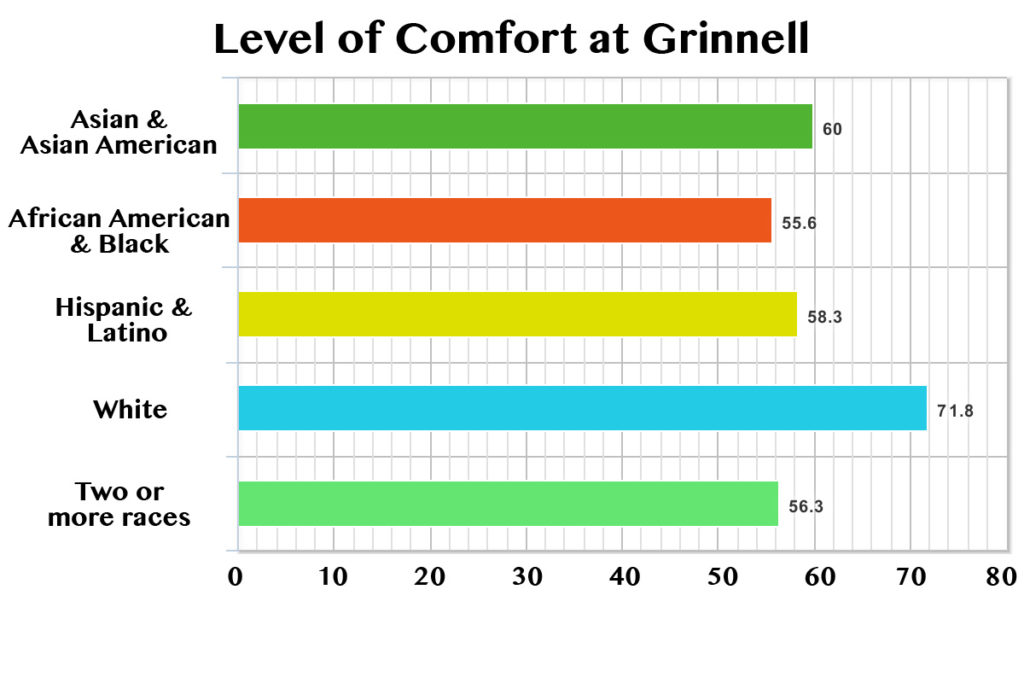
Additionally, only 30 percent of self-identifying conservative community members reported feeling comfortable, compared to more than 70 percent for liberals and those who were “middle-of-the-road” or “non-committal.”
“I was disturbed by the term ‘intolerance’ [in the comments section of the survey]. The idea that we are actually intolerant of conservative views is very different from saying, well, we don’t tend to see them represented as much,” Johnson said.
Clearly, though Grinnell is generally considered an accepting place, there is still progress to be made. Johnson and Smith-Benanti outlined five major issues to address in the next round of campus inclusion planning: the intolerance of conservative community members; disrespect or unfair treatment of staff; isolation from racial, ethnic, gender or other communities; accessibility and accessibility awareness; and transparency of the Council and its process.
While the response plan to the 2017 survey has yet to be completed, some steps have already been taken toward mitigating some of these problems. One of the success stories Johnson noted was the creation of the Ombuds Office.
“One of the things that the 2009 survey task-force recommended was that we hire an ombudsperson — somebody who is truly independent and completely confidential that folks could meet with in order to sort out their options for dealing with difficult issues,” Johnson said.
In the short-term, Johnson hopes that the council will publicize its findings from the Campus Climate Survey. The council plans to use the survey data to write a comprehensive plan of action on diversity and inclusion by the end of this semester and to enter the budgetary process for implementing the plan in January. Measurement of a problem does virtually no good if nothing is done to combat the issue, so taking action and allocating funds will be an important part of the College’s response to any findings of the Council on Diversity and Inclusion.
Johnson said that the budget planning process after diversity planning is an “opportunity for the institution to put its money where its mouth is.” Nevertheless, it is also possible that spending on diversity and inclusion can enhance some of the other goals of the ollege.
“My hope is that prioritizing diversity initiatives would not be seen as competing with [other priorities], but in fact that it would be seen as enhancing those initiatives for which we would normally budget,” Johnson said.
In the longer run, the Council plans to continue to administer surveys every few years, tinker with its methodology and observe the outcomes of implemented solutions.
“The purpose of our presentation today is to spark conversation that will lead to practical suggestion and feedback overall from the campus community,” Smith-Benanti said.
If the council lives up to its mission and the high hopes of its co-conveners, diversity and inclusion may well become sites of positive change in the Grinnell Community.



































































